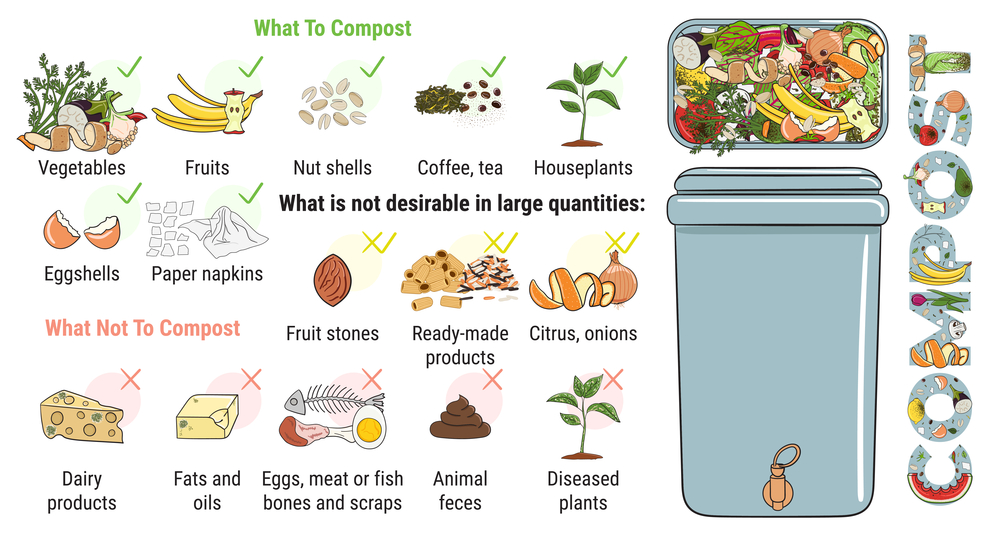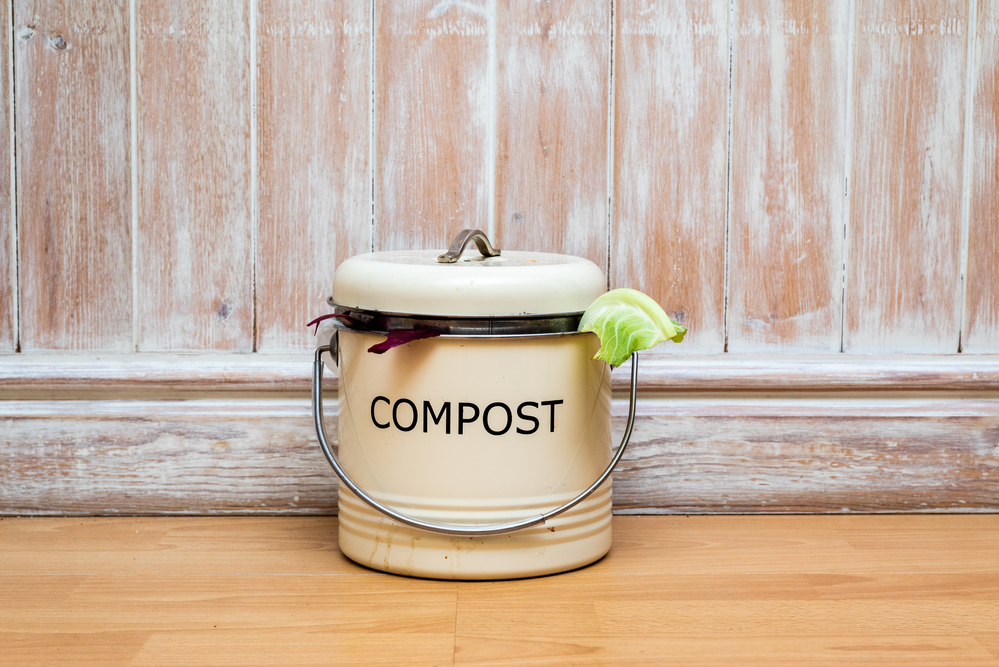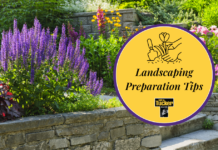“The ground’s generosity takes in our compost and grows beauty. Try to be more like the ground.” – Rumi
Everyone seems to be talking about composting, but why? At first glance, it may seem like any other garden hack, but it’s so much more. Gardeners have been composting for centuries to increase organic matter in soil and supply essential nutrients for plant growth. It’s a fun way to get a beautiful, healthy garden, while also doing your part to save the planet.
What Is Composting?
Compost is a mix of ingredients that can be used to fertilize and improve your soil. It’s made from decomposed plant and food waste and recycled organic materials. The result is a mixture that is rich in plant nutrients.
Why Should I Compost?
There are many reasons why composting is beneficial.
- It’s a great way to recycle – If you’re someone who still receives the newspaper, scraps of the newsprint material are biodegradable and are great composting material. You can also use wood shavings, leaves, old tea bags, coffee grounds, egg shells, and many other food scraps.
- It provides your soil with beneficial nutrients – Done with your summer salad? Don’t throw the scraps in the trash. Adding them to your soil will provide nitrogen, phosphorous, and potassium, nutrients that are beneficial to your plants.
- It aerates the soil – Compost breaks down lumps of soil, allowing your plant’s roots to spread wherever they like. Without those big lumps in your soil, more water and air can flow through the soil, making it healthier and less likely to get your plants sick.
- It retains and conserves water – No rain? No problem. Compost can keep your plants quenched during a dry spell. Since the organic ingredients in compost retain water, your plants won’t have to rely on you or the clouds for water. Instead, they budget the water that is being stored around their roots in the compost. Think of compost for your plants as milk for your bones.
- It can bring out the child in us as we learn a valuable science lesson – If you loved making mudpies in the back yard as a kid, then you’ll love composting. The effect this mixture has on your garden is pure magic. O.K. It’s actually scientific, and it’s messy, but it’s a great feeling to do something that will benefit, not only your yard but also the environment. Gather the family together to learn about regenerating waste and see first-hand the effects of what going a little greener can look like.
- It helps keep lakes, rivers, and oceans cleaner – All water is connected whether it reaches the ocean directly or enters our atmosphere through evaporation. By composting, you’re adding another layer to filter the water, making it cleaner. Your plants will be thankful for the clean water and aquatic life will be as well.
- It can shrink your carbon footprint – Compost acts as a sort of sponge for carbon dioxide, keeping it in the ground compared to the atmosphere. Too much carbon dioxide, if released into the atmosphere, holds onto heat and keeps it, trapping it in the air. By lowering your carbon footprint you are helping us get cleaner air.
- It can save you money – By composting, you won’t have to spend as much money on fertilizers and soils. It can also save on your water bill due to the water retaining abilities. The compost serves as food and provides moisture for your soil and thirsty plants.
How Do I Compost?

There are many different ways to make a compost pile. Helpful tools include pitchforks, square-point shovels or machetes, and water hoses with a spray head. Regular mixing or turning of the compost and some water will help maintain the compost.
All composting requires three basic ingredients with equal amounts of browns to greens.
- Browns – dead leaves, branches, twigs
- Greens – grass clippings, vegetable waste, fruit scraps, coffee grounds
- Water
To get started, follow these steps:
- Select a dry, shady spot near a water source for your compost pile or bin.
- Add brown and green materials as they are collected, making sure larger pieces are chopped or shredded.
- Alternate layers of organized materials of different-sized particles. The brown materials provide carbon and the green materials provide nitrogen. The water provides moisture to help break everything down.
- Moisten dry materials as they are added.
- Once your compost pile is established, mix grass clippings and green waste into the pile and bury fruit and vegetable waste under 10 inches of compost material.
- Optional: Cover the top of the compost with a tarp to keep it moist. When the material at the bottom is dark and rich in color, your compost is ready to use. This usually takes anywhere between one to twelve months.
Things you can compost include:
- Fruits & vegetables
- Eggshells
- Coffee grounds & filters
- Tea bags
- Nutshells
- Shredded newspaper
- Cardboard
- Paper
- Yard trimmings
- Grass clippings
- Houseplants
- Hay & straw
- Leaves
- Sawdust
- Woodchips
- Cotton & wool rags
- Hair & fur
- Fireplace ashes
- Black walnut tree leaves or twigs, coal, or charcoal ash – release substances that might be harmful to plants
- Dairy products, fats, grease, lard or oils, meat or fish bones, and scraps – create odor problems and attract rodents and other pests
- Diseased or insect-ridden plants
- Pet wastes – might contain parasites, bacteria, germs, pathogens, and viruses harmful to humans
- Yard trimmings treated with chemical pesticides – might kill beneficial composting organisms.

Composting indoors is also an option using a special type of bin that can be found at a local hardware or gardening supplies store. A properly managed indoor compost bin will not attract pests or rodents, will not smell bad, and should be ready in 2-5 weeks.
Whether you compost inside or out, your plants, water sources, and the environment are sure to be thankful.

For all of the latest information on our local real estate market in Southwestern Indiana, you can always trust the professionals at F.C. Tucker Emge. Our agents have superior training and resources at their disposal so they can better educate you about the road to homeownership. Even if you are 6-12 months (or more!) out from making a change, there is a lot to learn about the home buying and selling process, and our agents can help you learn what you need to know so that you can be confident in your decision and have a smooth experience when the time comes. Let’s Talk!




